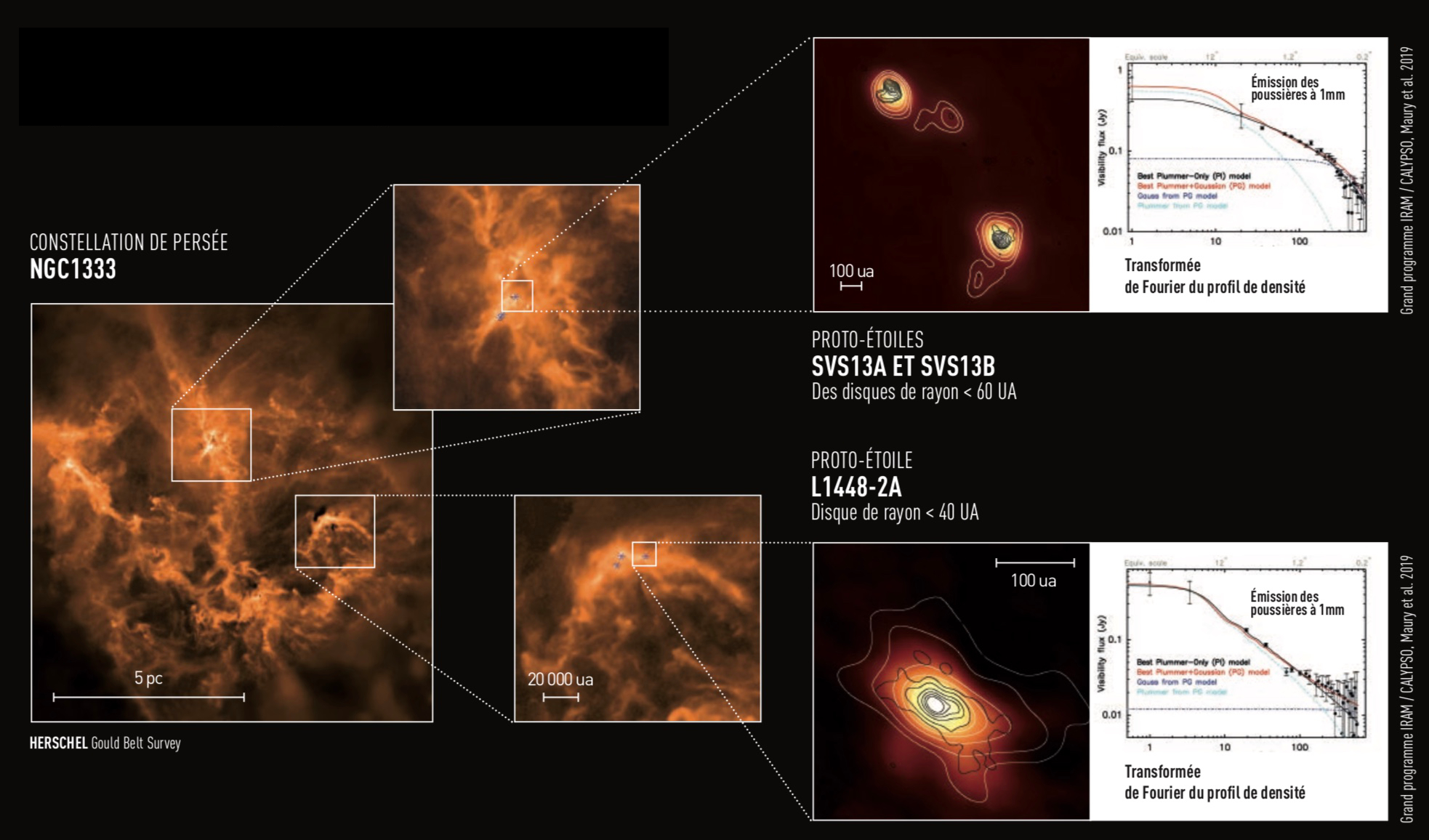Characterizing magnetic field morphologies in three Serpens protostellar cores with ALMA
Le Gouellec V.J.M.; Hull C.L.H.; Maury A.J.; Girart J.M.; Tychoniec Ł.; Kristensen L.E.; Li Z.-Y.; Louvet F.; Cortes P.C.; Rao R.
Accepted for publication in ApJ, AUGUST 2019With the aim of characterizing the dynamical processes involved in the formation of young protostars, we present high angular resolution ALMA dust polarization observations of the Class 0 protostellar cores Serpens SMM1, Emb 8(N), and Emb 8. With spatial resolutions ranging from 150 to 40 au at 870 {\mu}m, we find unexpectedly high values of the polarization fraction along the outflow cavity walls in Serpens Emb8(N). We use 3 mm and 1 mm molecular tracers to investigate outflow and dense gas properties and their correlation with the polarization. These observations allow us to investigate the physical processes involved in the Radiative Alignment Torques (RATs) acting on dust grains along the outflow cavity walls, which experience irradiation from accretion processes and outflow shocks. The inner core of SMM1-a presents a polarization pattern with a poloidal magnetic field at the bases of the two lobes of the bipolar outflow. To the south of SMM1-a we see two polarized filaments, one of which seems to trace the redshifted outflow cavity wall. The other may be an accretion streamer of material infalling onto the central protostar. We propose that the polarized emission we see at millimeter wavelengths along the irradiated cavity walls can be reconciled with the expectations of RAT theory if the aligned grains present at <500 au scales in Class 0 envelopes have grown larger than the 0.1 {\mu}m size of ISM dust grains. Our observations allow us to constrain the star-forming sources magnetic field morphologies within the central cores, along the outflow cavity walls, and in possible accretion streamers.
